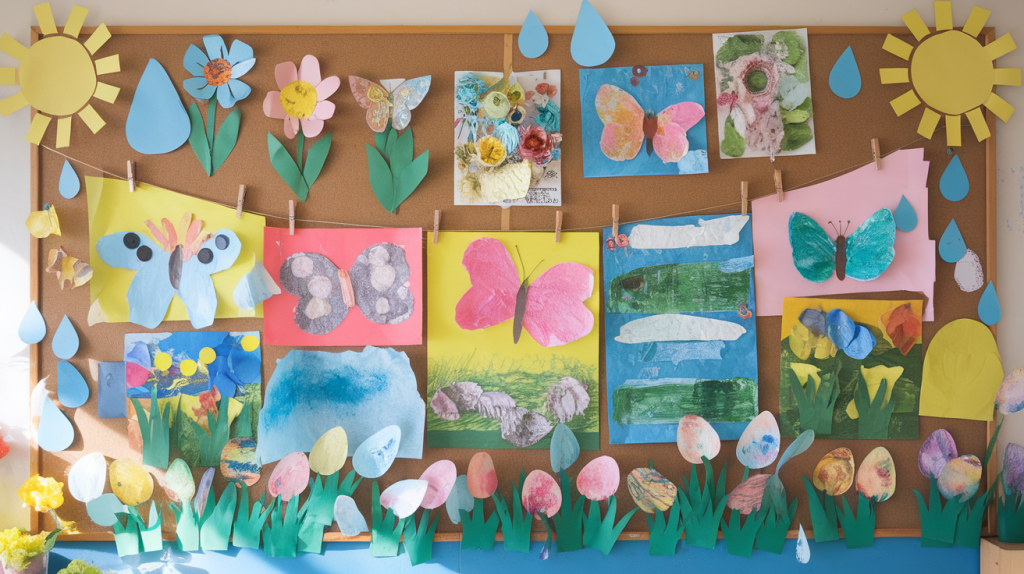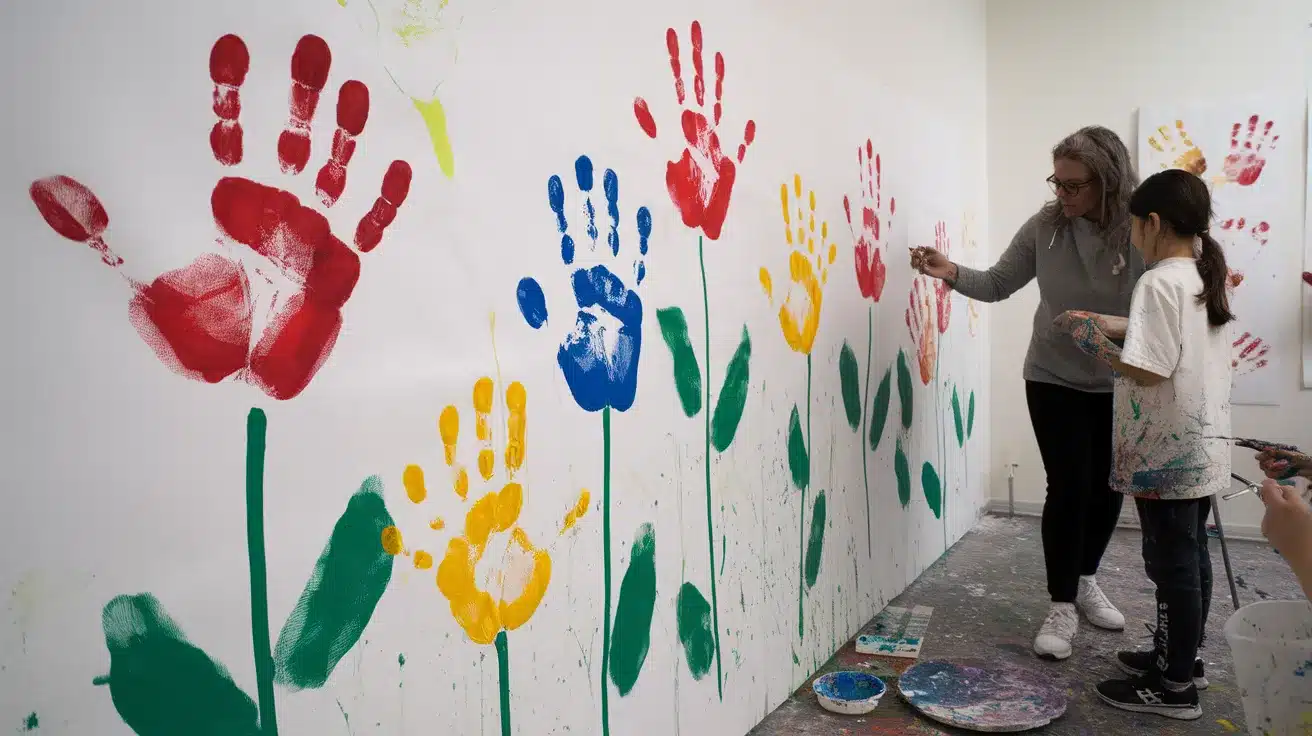Are you looking for fresh ways to bring spring into your classroom? My guide is packed with practical art ideas that work for all grade levels.
I’ll share simple projects, supply tips and ways to connect art with other subjects.
You’ll find solutions for:
- Choosing the right art projects for different ages
- Finding affordable supplies
- Displaying student artwork effectively
- Integrating art with science, math, and language arts
Let me show you how to harness the energy of spring to spark creativity in your students—even if you don’t consider yourself an “art person.”
Why Spring Is the Perfect Time for Art in The Classroom?
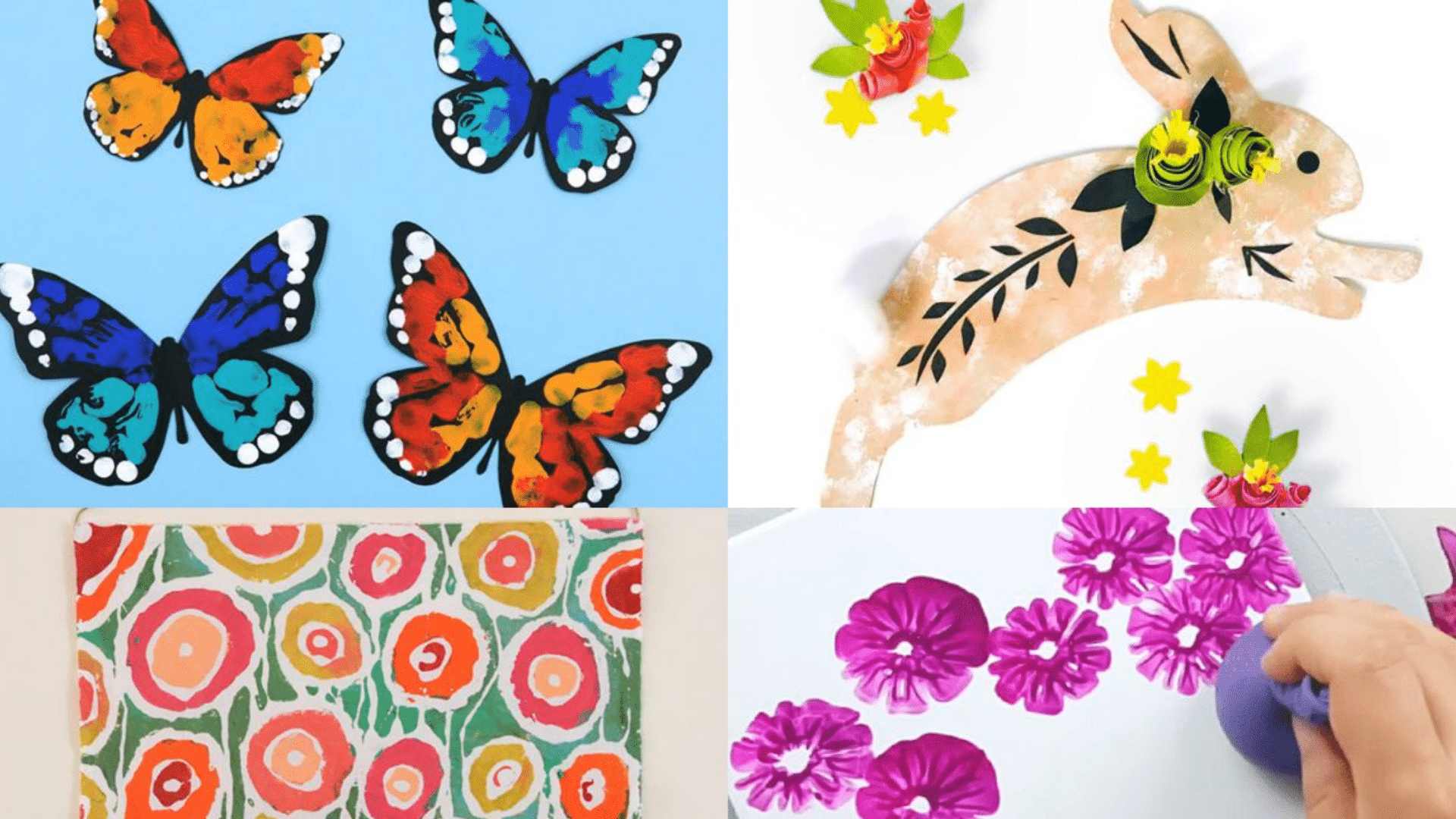
Spring breathes new life into everything. After a long winter, students are ready for color, movement, and change.
The natural world provides endless inspiration:
- Budding flowers and trees
- Returning birds and insects
- Vibrant green grass and blue skies
- Rain showers and rainbows
Spring art does more than brighten your classroom. It helps students process the world around them. When kids create art about spring, they observe, question, and make connections.
Many students struggle to sit still as the weather warms up. Art projects give them a positive outlet for that extra energy!
Essential Art Supplies for Spring Projects
You don’t need fancy art supplies to create nice spring projects.
Basic supplies:
- Construction paper in spring colors (greens, yellows, blues, pinks)
- Watercolor paints
- Scissors
- Glue sticks
- Markers and crayons
For added texture:
- Tissue paper
- Yarn
- Cotton balls
- Buttons
Budget-friendly alternatives:
- Recycled cardboard from cereal boxes
- Old magazines for collage work
- Grocery bags for printmaking
- Natural materials like leaves, sticks, and flowers
Pro tip: Send a letter home asking for donations of recyclable materials. Many families have craft supplies sitting unused at home!
Engaging Spring Art Ideas for Different Age Groups
Spring is a season of renewal, color, and inspiration—perfect for creative art projects!
Whether for young children, teens, or adults, here are some fun and engaging spring-themed art ideas tailored for different age groups.
Spring Art for Kindergarten & Early Learners
Young children thrive with hands-on, sensory art experiences. Focus on the process, not the product. Try these simple ideas:
Flower Finger Painting

- Pour paint onto paper plates
- Let kids dip their fingers to make colorful flower petals
- Add green thumbprints for stems
Tissue Paper Butterflies
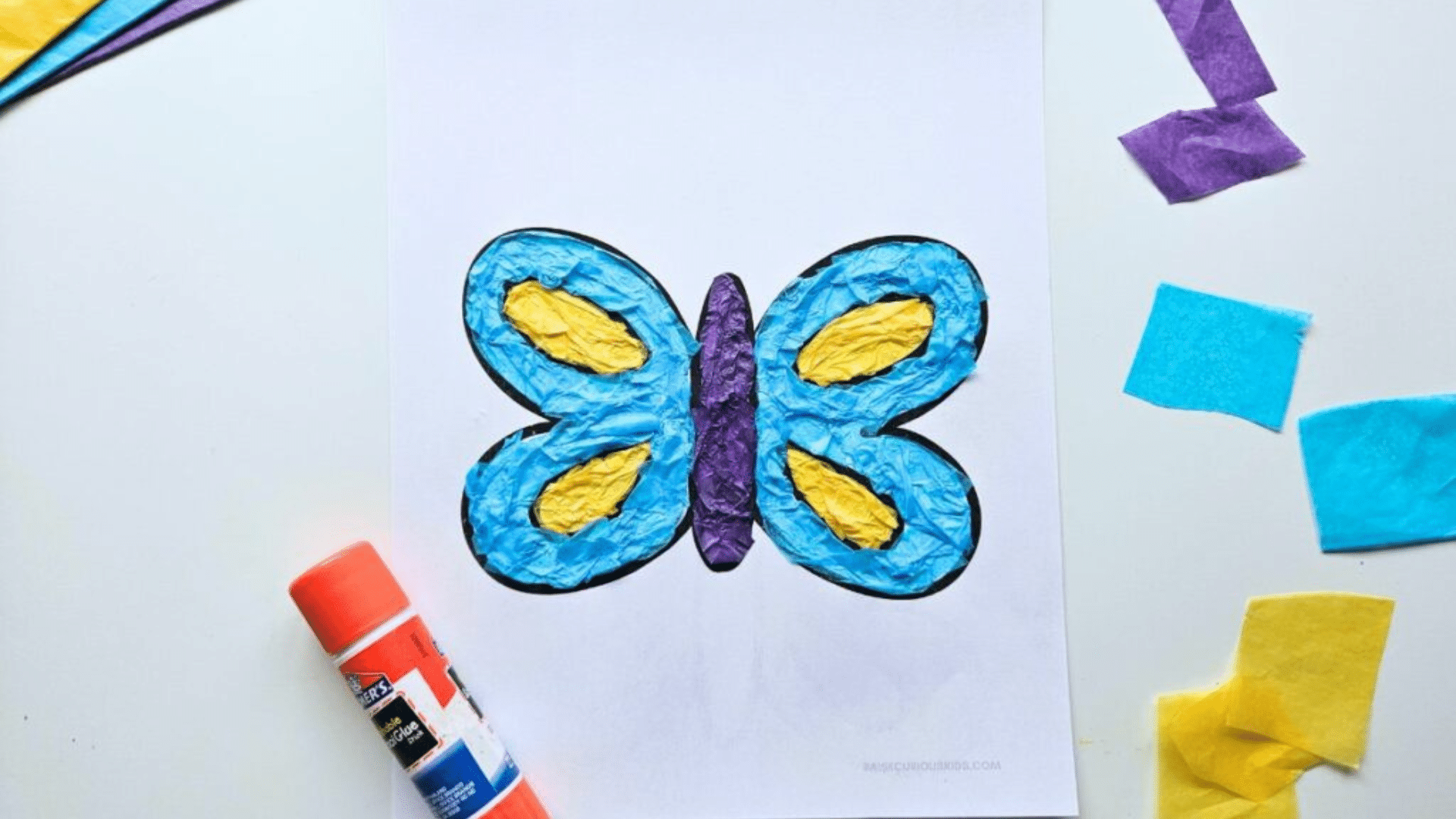
- Fold a coffee filter in half
- Let children use water to stick colored tissue paper squares all over it
- When dry, pinch the middle and add a pipe cleaner body
Handprint Flowers
- Have students make colorful handprints on paper
- Turn them upside down and add stems and leaves
- An instant spring garden is made
Spring Art for Elementary Students
Spring is a wonderful time for young artists to explore color, nature, and creativity. Let’s see some fun and engaging spring-themed art projects perfect for elementary students:
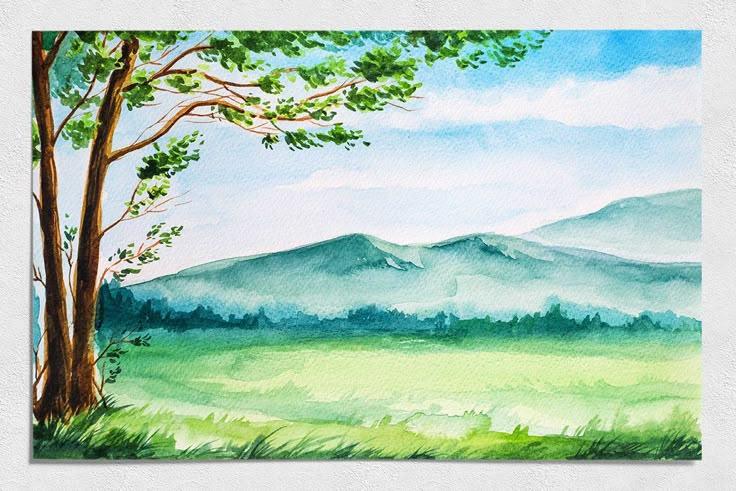
- Show students how to create a horizon line
- Paint blue sky and green grass
- Add details like trees, flowers, and clouds
Nature Stamping
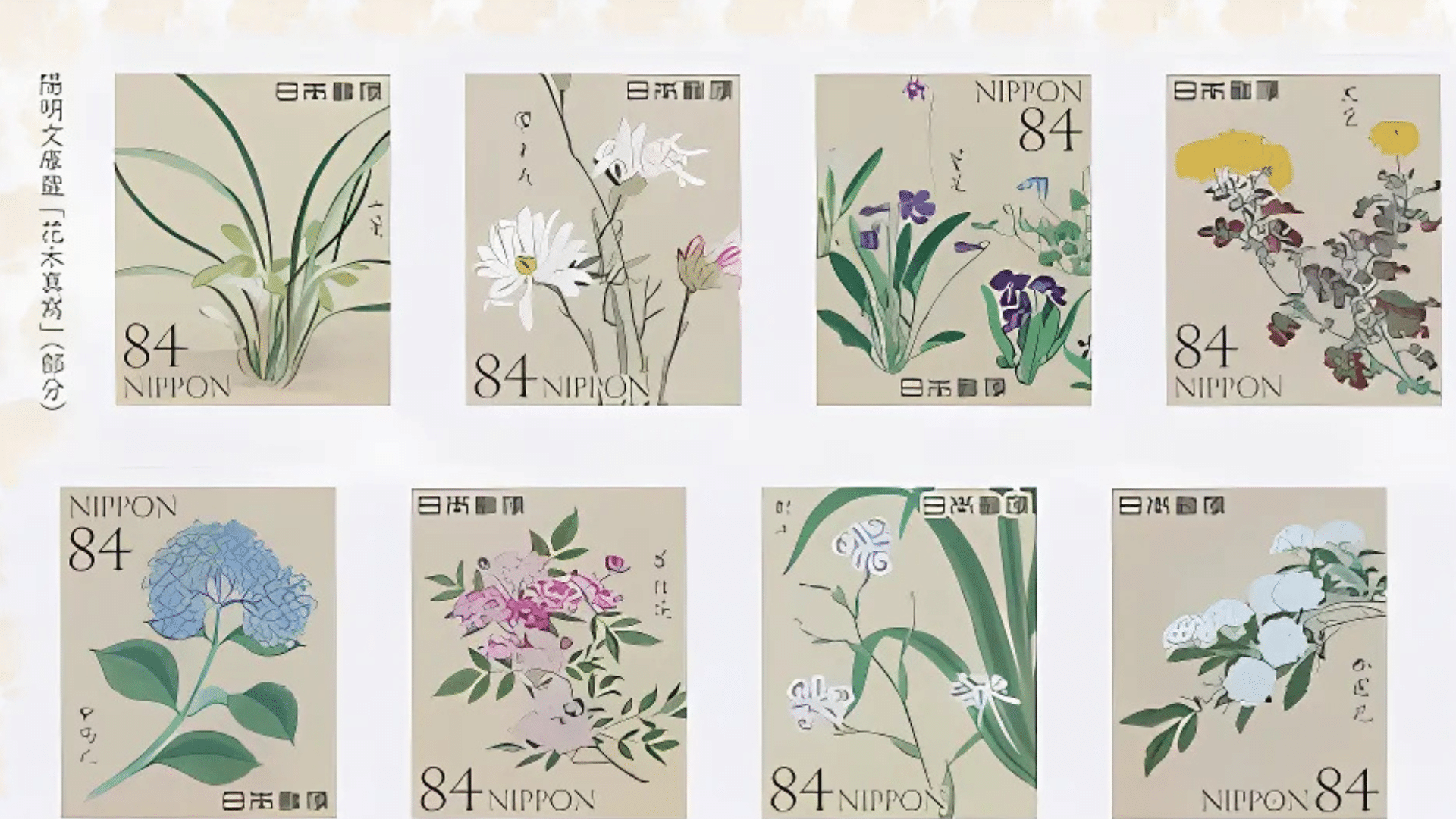
- Collect leaves, flowers, and other natural items
- Apply paint and press onto paper to create unique prints
Paper Windmills
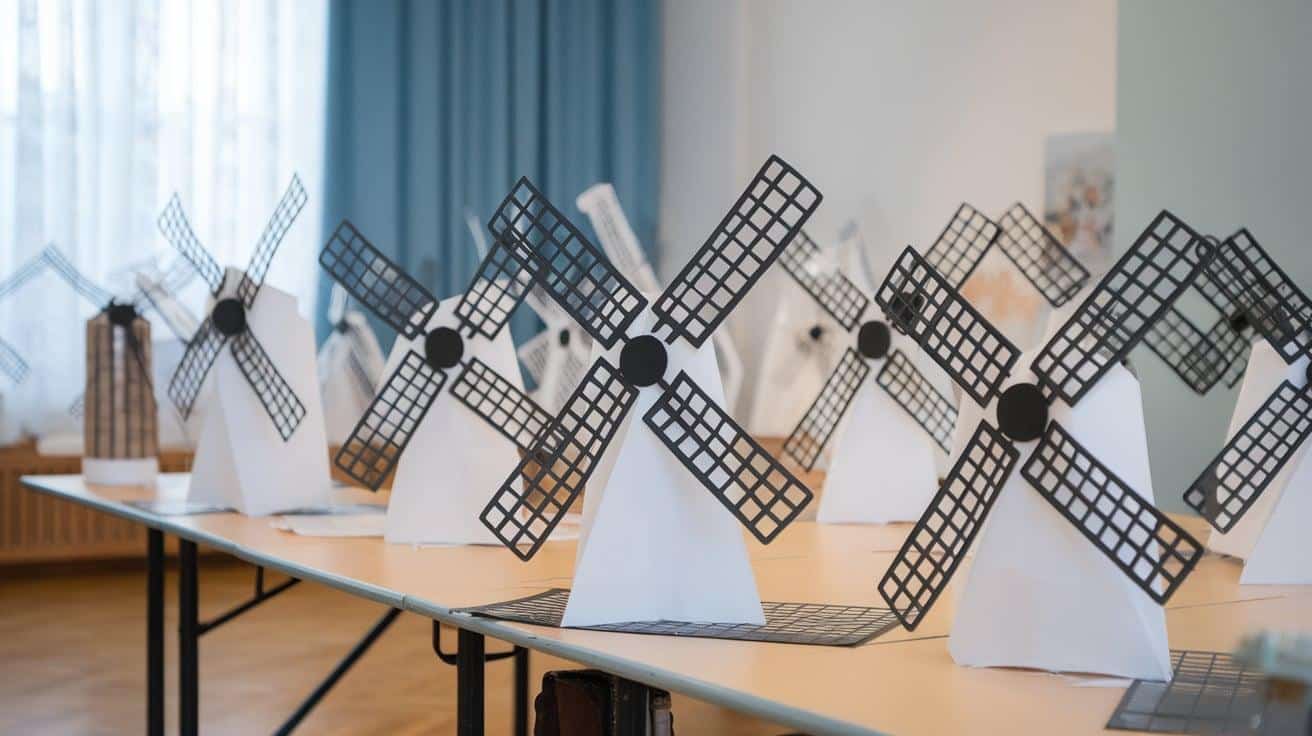
- Use square paper to create folded windmills that actually spin
- Decorate with spring patterns and attach to straws
Mixed-Media Spring Scenes

- Combine watercolor backgrounds with detailed pen drawings of plants and animals
- Add collage elements for texture
Botanical Studies
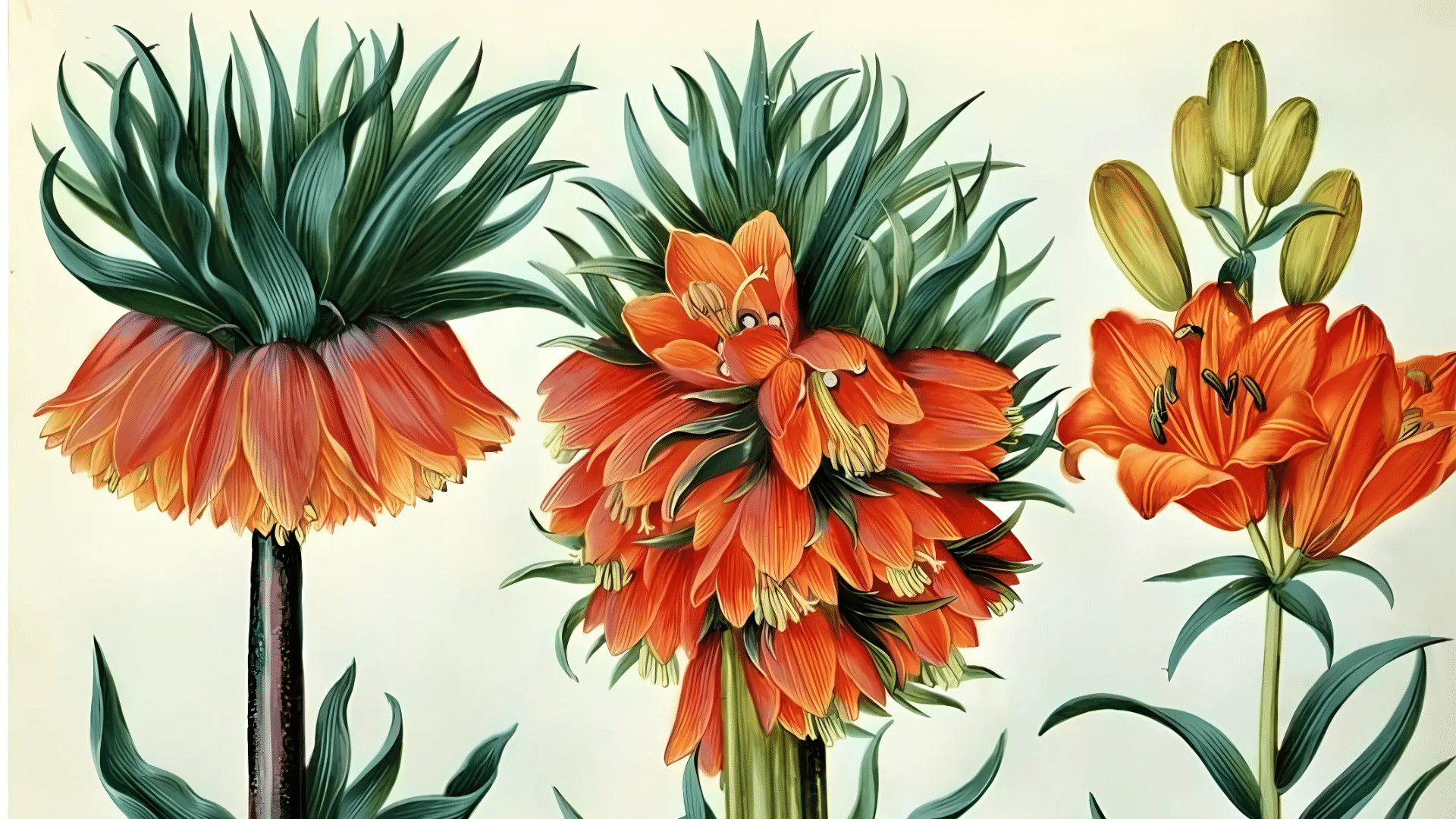
- Have students observe and sketch spring plants closely
- Teach proper shading techniques and how to use watercolor washes.
Upcycled Sculptures
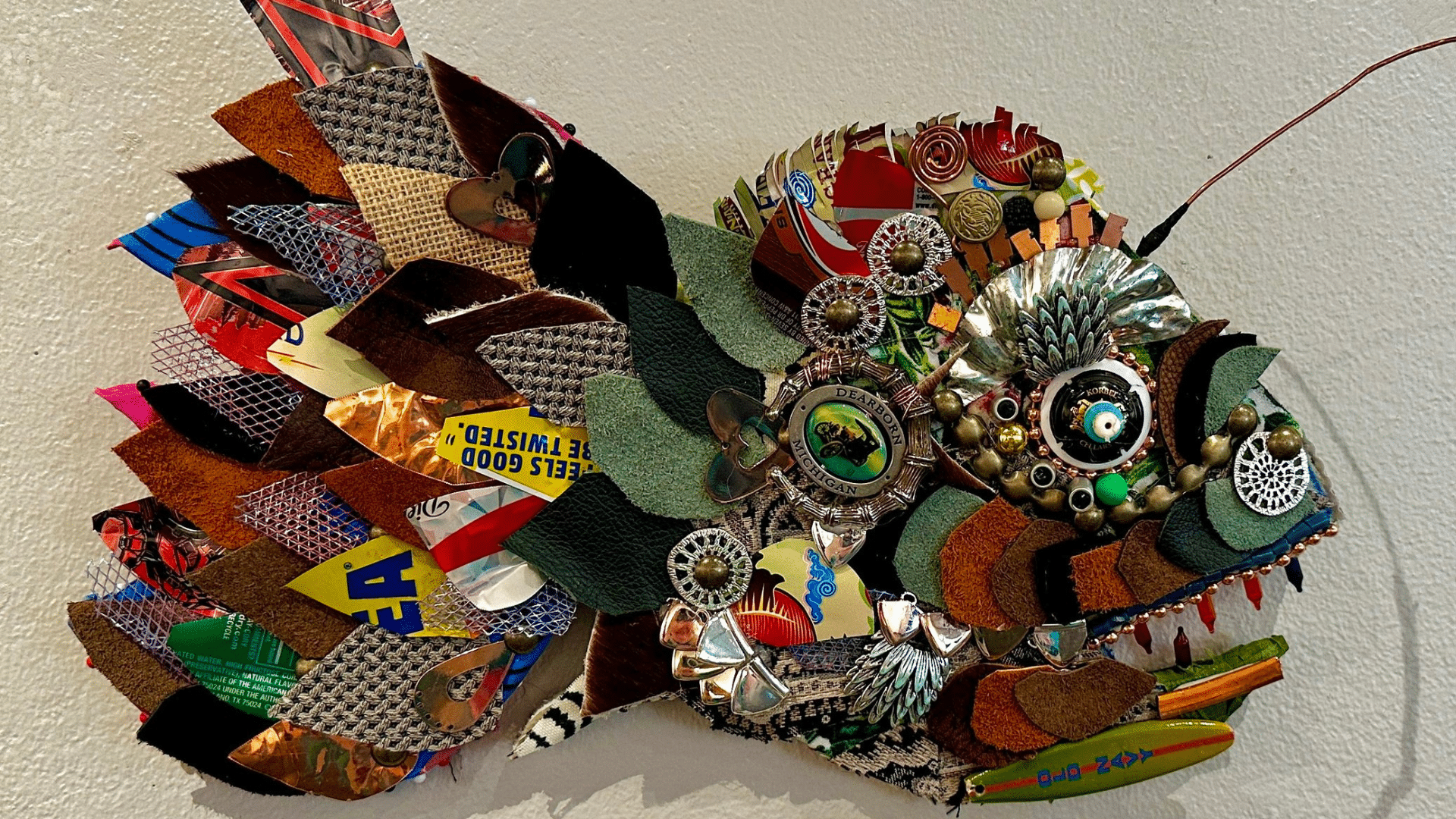
- Challenge students to create spring-themed sculptures using only recycled materials
- This encourages problem-solving and environmental awareness.
Older students benefit from more open-ended prompts. Please give them a theme, but let them decide how to express it.
Incorporating Art with Other Subjects
Art is a powerful tool that enhances learning across various subjects, making education more engaging and interactive.
Science Connections:
- Draw the parts of a flower while studying plant biology
- Create models of the water cycle
- Make field journals to document spring changes
Math Connections:
- Use geometric shapes to create abstract spring patterns
- Practice symmetry by creating butterfly designs
- Make flower mandalas using circular patterns
Language Arts Connections:
- Illustrate spring poems
- Create visual metaphors for literary terms
- Design book covers for spring-themed stories
When art supports other learning objectives, everyone wins. Students remember concepts better, and you maximize instructional time.
Displaying and Celebrating Student Artwork
Showcasing student artwork not only boosts confidence but also fosters a sense of pride and creativity. Let’s see some effective ways to display and celebrate student art:
Simple Display Ideas:
- String Clothesline Across Windows and Hang Art with Clothespins
- Create a “spring Has Sprung” Bulletin Board
- Hang Mobiles from The ceiling
- Turn Hallway Space into a “spring art gallery.”
Digital Options:
- Create a classroom art instagram (with parent permission)
- Make a digital slideshow for Your class website
- Email photos of artwork to families
Consider Holding a Spring Art Event:
This could be as simple as inviting parents to view displays during pickup time or as elaborate as an evening art show.
Always include artist statements. Even a simple sentence about their work helps students reflect on their creative process.
Tips for Encouraging Creativity and Self-Expression
Some students say, “I’m not good at art.” Help them overcome this barrier.
Create a Supportive Environment:
- Praise effort and experimentation, not just results
- Display diverse examples showing many “right” ways to create
- Allow students to revise and improve their work
Encourage Personalization:
- Offer choices within projects.
- Connect art to students’ interests and experiences.
- Ask open-ended questions about their creative decisions.
Help Resistant Students:
- Start with structured activities for those who fear “messing up”.
- Provide templates for students who need extra support.
- Allow collaboration for those who feel intimidated.
Remember that for some students, art class may be their only chance to express themselves freely. Make it safe for them to take risks.
Conclusion
Spring art projects do more than brighten your classroom. They help students develop important skills:
- Observation
- Problem-solving
- Self-expression
- Fine motor coordination
As you implement these ideas, remember that perfection isn’t the goal. The real value comes from the creative process itself.
So open the windows, bring in some flowers, and let spring inspire creativity in your classroom. Your students—and you—will benefit from the burst of artistic energy.
Frequently Asked Questions
What Are the Best Spring Art Activities for Young Children?
Simple activities like finger painting, paper collages, and nature prints are great for younger students. Focus on sensory experiences and basic techniques.
How Can I Integrate Spring Art Into Other Subjects?
Use it to reinforce science concepts like plant growth, weather patterns, and animal life cycles. In math, explore symmetry and patterns. For language arts, illustrate poems or stories.
What if I Have a Limited Budget for Art Supplies?
Embrace natural and recycled materials! Leaves, sticks, and flowers make great stamping tools. Cereal boxes, newspapers, and paper bags can be transformed into art projects.
How Do I Motivate Students Who Are Not Interested in Art?
Connect projects to their personal interests. A student who loves sports might design a spring-themed jersey. Offer different media options—some kids prefer drawing while others love sculpture.
How Can I Display Student Artwork Effectively in The Classroom?
Create themed displays that change throughout the spring. Use walls, windows, ceilings, and hallways. Digital displays work well too! Always include simple artist statements to highlight student thinking.


